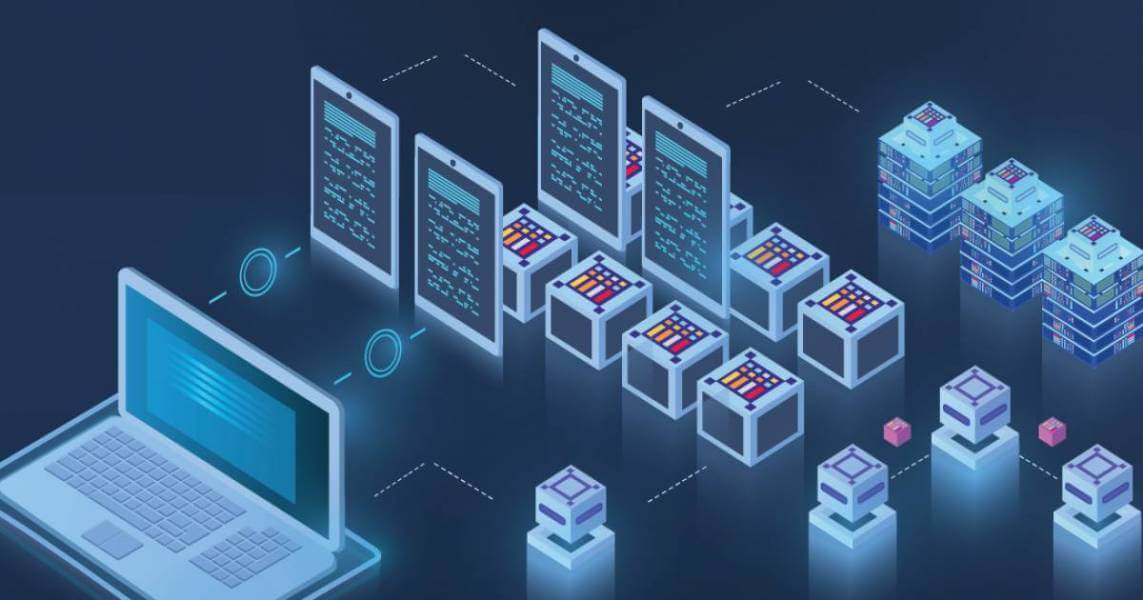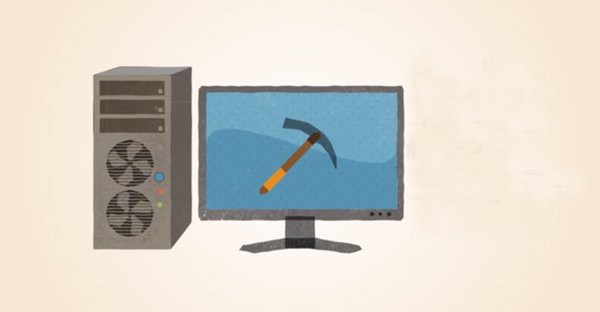 There are several key steps to build a software application for blockchain investment. Building a blockchain software application is a complex, highly-technical, and involved process. Of course, developers must take care of everything from navigating cybersecurity threats, upholding privacy, and managing encryption. As a software programmer, you should consider the core build steps to design, develop, and distribute your own solution. This way, you can maximize your earning potential, showcase your creativity, and deploy a powerful software system. To help you get started, read on to learn about how to build a software application for blockchain investment.
There are several key steps to build a software application for blockchain investment. Building a blockchain software application is a complex, highly-technical, and involved process. Of course, developers must take care of everything from navigating cybersecurity threats, upholding privacy, and managing encryption. As a software programmer, you should consider the core build steps to design, develop, and distribute your own solution. This way, you can maximize your earning potential, showcase your creativity, and deploy a powerful software system. To help you get started, read on to learn about how to build a software application for blockchain investment.
Learn Core Blockchain Principles
First and foremost, learn about core blockchain principles. This will be incredibly helpful before you dive into blockchain application development. Get your start by learning about blockchain basics, underlying principles, as well as key concepts. To help you gain a better understanding, participate in programming tutorials, blockchain classes, and cryptocurrency courses. You may also want to read up on the blockchain and digital finance industry. This includes the latest blockchain platforms, coins, and tools. Indeed, learning core blockchain principles is a key step to build a software application for blockchain investment.
Plan Your Features
Once you fully understand the industry, plan out the core features that your software product will contain. For a start, your product should contain advanced functionality for user registration, onboarding, investor portfolio management and a test automation tool. Simultaneously, you need to include push notifications, holding statistics, and real-time analytics. Of course, your product should additionally support digital transactions, withdrawals, and crypto recommendations. By navigating these steps, you can establish a guide for action, enhance resource utilization, and set actionable performance standards. Certainly, planning your features is critical to build a software application for blockchain investment.
Integrate Your Tech Stack
Next, you can begin establishing your tech stack with the latest programming tools, development resources, and supporting technologies. For a start, you need advanced solutions for package and repository management, known as Helm kubernetes. Adopting these tools, you can streamline privacy, maximize access control, and take advantage of massively scalable storage. This way, you can standardize configuration templates, accelerate programming speed, and revamp testing. In addition to Helm development products, there are several additional solutions to include within your tech stack. For example, many development teams utilize DevOps solutions, as well as container and Docker registries. Surely, tech stack integration is a key step to build a software application for blockchain investment.
Select A Programming Language
Now, you are ready to select a programming language for blockchain software development. Multiple popular programing languages are utilized in blockchain application programming. For a start, many teams write there applications in C#, Ruby, Python, Golang, and JavaScript. In addition, languages like Scala, C++, and Java are also excellent choices. When selecting a framework, be sure to select a reliable option that meets your specific goals, needs, and abilities. You should also look at the current market of developers. This way, you can select an option that is already fairly popular in the market. Absolutely, programming language selection is a key component of building a software application for blockchain investment.
Conduct In-Depth Testing
At this point, it is time to conduct in-depth software testing. There are several different types of software testing that you should consider performing. Start off with functional forms of system inspection. Typically, this includes unit, system, integration, and smoke testing. At the same time, perform beta acceptance and regression testing. Afterwards, you can move on into non-functional forms of testing. This generally includes load, stress, volume, and compliance testing. Simultaneously, many development teams recommend conducting reliability, localization, and usability testing as well. Engaging in these procedures, you can prevent major enterprise emergencies and inspire stakeholder confidence. Indeed, conduct in-depth testing to build a blockchain software application from scratch.
There are several vital steps to build a software application for blockchain trades, investments, and exchanges. First off, learn core blockchain technical principles. Then, plan out the core features that your software product will contain. Next, integrate your tech stack with the latest tools, resources, and technologies. This includes powerful Helm repositories, Docker registries, and containerization tools. Once you have done so, select a coding language to write your product in. Some of the most popular choices include C++, Ruby on Rails, or Python. At this point, it is time to conduct some advanced software testing. Follow the points highlighted above to learn about how to build a software application for blockchain investment.

Founder Dinis Guarda
IntelligentHQ Your New Business Network.
IntelligentHQ is a Business network and an expert source for finance, capital markets and intelligence for thousands of global business professionals, startups, and companies.
We exist at the point of intersection between technology, social media, finance and innovation.
IntelligentHQ leverages innovation and scale of social digital technology, analytics, news, and distribution to create an unparalleled, full digital medium and social business networks spectrum.
IntelligentHQ is working hard, to become a trusted, and indispensable source of business news and analytics, within financial services and its associated supply chains and ecosystems





























